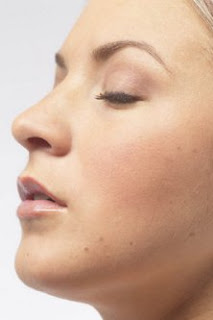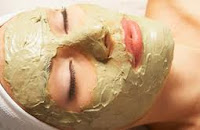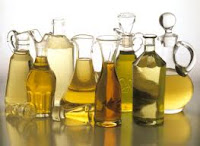Both blackheads and whiteheads are forms of acne. We may have thought of acne as limited to those red, bumpy pustules, but that is not so. All forms of acne are considered disorders of the pilosebaceous units of the skin, which are made up of the sebaceous glands, the hair follicle, and the hair strand itself. And like all acne, the problem with blackheads and whiteheads starts deep down the sebaceous glands, or oil glands.
You see, the pilosebaceous units are the skin's self-moisturizing mechanism. The sebaceous glands secrete oils called sebum, which are stored in the follicle. When the follicle is full, the oil is spilled off to the skin. The sebum is supposed to keep the skin healthy and moisturized.
But sometimes, that is not the case. Sometimes, the oil is trapped inside the hair follicle instead of flowing onto the skin. When this happens, bacteria develop in the follicle and leads to the infection we know as the pimple. Sometimes, instead of being infected, the follicle just gets all clogged up and forms comedones - the things we call blackheads and whiteheads.
What is the difference between a blackhead and a whitehead? A blackhead is a comedone formed when the opening of the follicle becomes wider than normal. Because the follicle opening is wider, the sebum and the trapped dead skin cells there react chemically with the air, resulting in the oxidation of melanin, which in turn causes the dark coloration of the blackhead.
On the other hand, a whitehead is a comedone formed from a hair follicle that is not open to the air. It is also clogged with sebum and trapped dead skin cells, but the lack of exposure to the air does not lead to the oxidation of melanin, so the clogged matter stays white.
How do we get rid of blackheads and whiteheads? Ridding the skin of acne, not just blackheads and whiteheads, takes time, consistency and effort. It is also very simple. Because acne is not exactly triggered by the food we eat, we do not have to go on a diet. Because acne does not exactly mean that our skin is dirty, we do not have to continually wash our skin. Doing this will rob the skin of its natural moisturizer and will only cause irritation. Washing the face twice a day with mild soap or a facial scrub will do the work. It will take time, but it will do the work.
Blackheads and whiteheads can also be treated using antibacterial products like benzoyl peroxide and tretinoin. Benzoyl peroxide is good for mild cases. It treats the hair follicle so as to reduce the clogging. Tretinoin, on the other hand, forces the closed comedones (the whiteheads) to open up. In this way, the materials clogging the follicle can be easily expunged.
Related Topics :













No comments:
Post a Comment